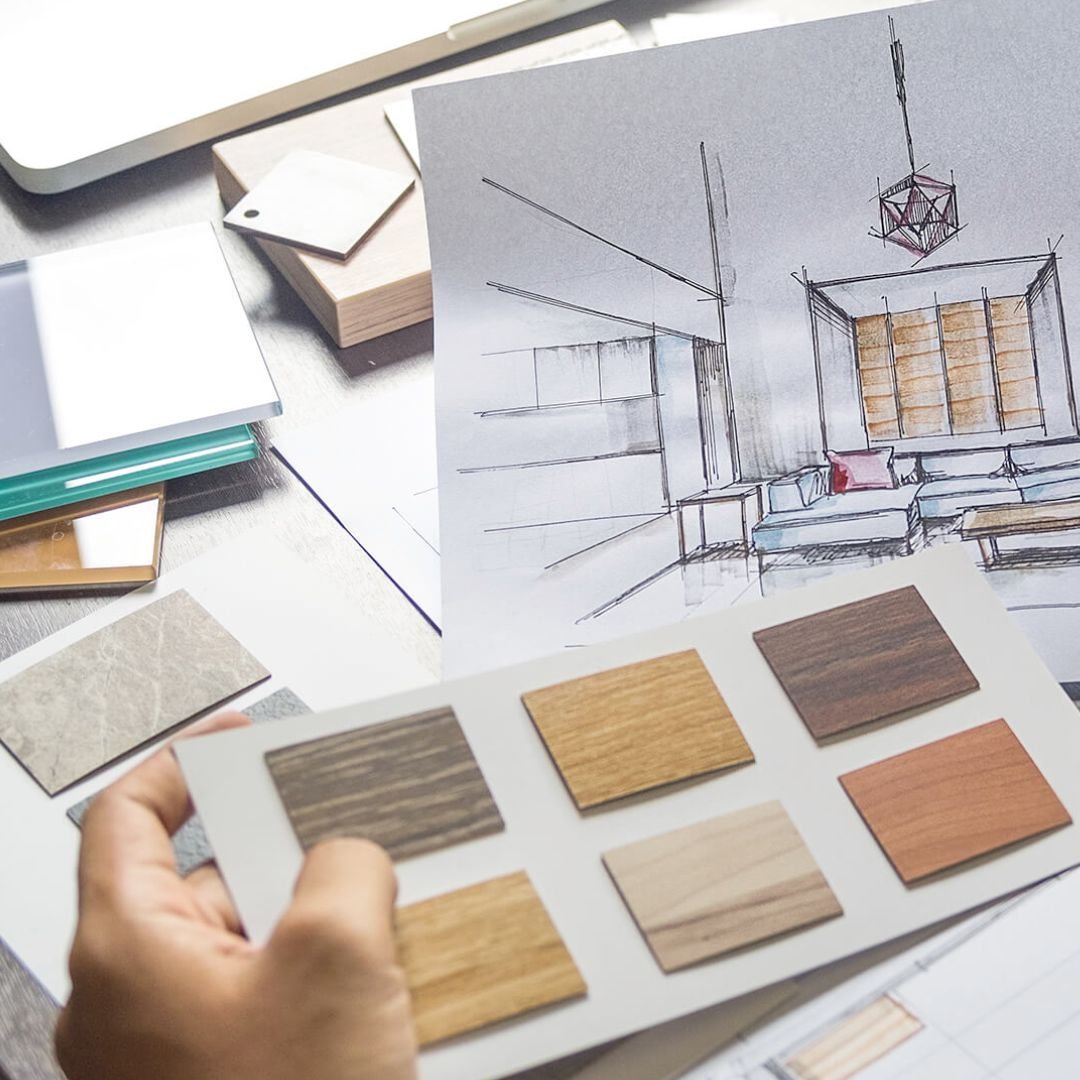Six Doable Ways to Add Self-Care into Your Workday
/On some work days, you may find you just don’t have any time left for yourself. You had wanted to prepare a wholesome meal or hit the gym, but they got pushed to the back burner. And at the end of the day, you’re feeling neglected…by yourself. Sound familiar?
I propose a different approach. Why not focus on implementing small-scale actions that can seamlessly integrate into your day, rather than viewing self-care as a separate task that can be postponed or shuffled aside? By incorporating even a single intentional act of self-care into your daily routine, you can steer yourself toward a greater sense of well-being. Besides, if you’re feeling better, your business will be in better hands.
In that spirit, here are 6 examples of little ways you can add some self-care into your work day, starting today.
Take Real Breaks
Instead of mindlessly getting caught up in phone scrolling as a means of escaping stress throughout the day, grant yourself the gift of a genuine break. Set a time limit, allowing yourself to fully detach from work without any guilt. Use this time for activities that replenish your energy and promote well-being, such as taking a brisk walk, indulging in stretching exercises, reflecting through journaling, repeating affirmations, or simply savoring a refreshing glass of water while consciously relaxing your breath. These micro-breaks can boost your energy levels, improve focus, and reduce mental fatigue.
Set the Mood
As interior designers, you’re a pro at making other people’s spaces beautiful, but in all the chaos, your own workspace might be missing out on that TLC. Bring one or two small details that bring you joy into your workspace, like a scented candle or plant. Evaluate whether your setup is ergonomic and comfortable for you. Buy that cute stone mug that you’ll be reaching for throughout the day. Your workspace should reflect your personal style and be a source of inspiration and tranquility as you work your magic.
Engage in Mindful Eating
It's common for professionals to eat lunch at their desks while multitasking. However, practicing mindful eating can bring a sense of calm and enjoyment to your workday. Take the time to savor your meals, focusing on the flavors, textures, and aromas. Eating mindfully not only promotes better digestion but by paying attention to your body's needs and nourishing yourself with nutritious meals, you'll feel more energized and ready to tackle your design projects.
Establish Necessary Boundaries
Getting into the habit of setting healthy boundaries with clients and colleagues is a transformative practice that can shield you from unnecessary stress and conserve your valuable time and energy. By recognizing and asserting your boundaries, you regain control over how your projects unfold, striking a balance between taking charge and accepting the elements beyond your control. This shift in mindset enables you to operate from a place of peace and empowerment.
Express Appreciation
In the whirlwind of the workday, it's easy to get caught up in the relentless cycle of tasks and responsibilities. But it’s so worth it to pause and acknowledge both your personal accomplishments and those of your team. Let yourself bask in the satisfaction and say, "Yes! I nailed it!" Go out of your way to recognize and appreciate the outstanding work of your team members. By cultivating this positive atmosphere, you're nurturing yourself and those around you, fostering a space where you can thrive.
Follow an EOD Routine
Allocate the final 10 minutes of your workday to check off tasks and review your agenda for the following day. By following this ritual, you can ensure that everything is in order and gain a sense of accomplishment. Being clear on what awaits you the next day provides peace of mind and allows for a genuine disconnection from work. Rather than constantly wondering if you overlooked something important, you can truly relax and enjoy your time away from the office.
Remember, self-care is not a luxury; it's a vital ingredient for your overall well-being and success. By incorporating these small acts of self-care into your workday, you are taking proactive steps to prioritize your needs and nurture yourself. So, starting today, make a commitment to infuse your day with moments of self-care. You deserve it, and your professional journey will thrive as a result.
xx, Danae
DIGITAL TEMPLATES?
We love helping busy interior designers like you! So, in an effort to provide the best resources possible, WE WANT TO HEAR FROM YOU about what templates you’d like to see from us. Browse our current collection of templates here for any you might need or want, and email us at danae@elitedesignassistants.com to let us know what other templates you’d like us to make and have available for instant download!



























































































